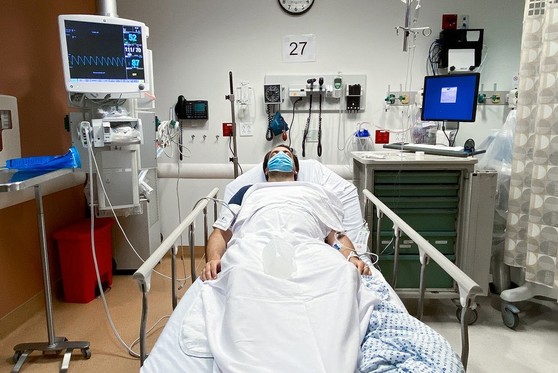America Counts: Stories Behind the Numbers People in vulnerable populations — as defined by socioeconomic characteristics — made more preventable visits to emergency rooms than others from 2013 to 2017, according to a U.S. Census Bureau working paper. The study analyzed census data linked with emergency visit records in the state of Utah. It found that factors including lower income, educational attainment, unemployment, lack of health insurance, lack of access to a vehicle or internet service were associated with a greater number of preventable visits. Visits to emergency departments are considered preventable when they are for health conditions that could have been handled in a non-emergency setting or avoided if the patient had adequate prior preventive care. Using emergency rooms for preventable care may generate excess costs for taxpayers, increase provider burden, and reduce the quality of patient care. Continue reading to learn more about: - A ground-breaking partnership
- Income and education
- Employment and health insurance
- Access to transportation and internet
- Potential for innovative partnerships and data linkages
| 







No comments:
Post a Comment